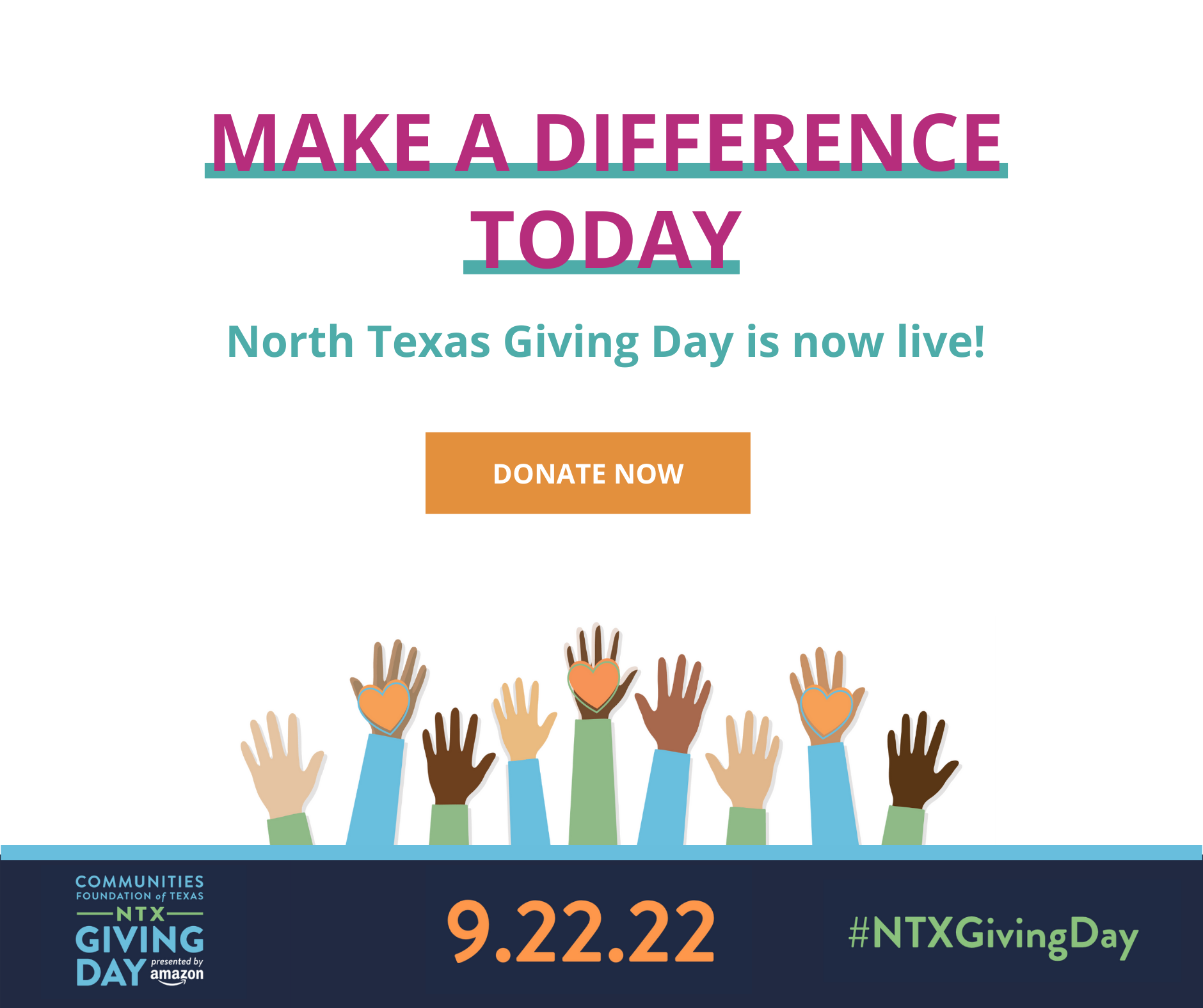We pulled together this month’s 8 most noteworthy child welfare research articles for you. Read them all here and take action today!
“The child welfare system is overdue for substantial transformation. Families and communities of color have experienced the brunt of the failings and limitations present in current policy and “To inform maternal and child health policy and practice, this brief applies a racial and ethnic equity lens to the review of data from the State of Babies Yearbook: 2021. Specifically, this brief aims to explore why there are disparities in maternal and child health; what disparities exist, and for whom; and how policymakers and practitioners can promote racial and ethnic equity to improve maternal and child health. We use racial and ethnic equity to refer to the process of involving those most impacted by institutional racism in the creation and implementation of policies and practices that impact their lives, and to outcomes in which race and ethnicity do not predict a person’s life course.5 This approach offers recommendations that are discussed in detail in the Recommendations section.” The brief also features multiple state-level data tables, which highlight where Texas has strengths and/or faces challenges.

TexProtects Takeaway: A baby’s future health and potential to thrive begins to take shape even before conception. This connection between maternal and child well-being is especially important among women of color, due to intergenerational trauma and the lived experience of institutional and interpersonal racism. Research has shown that racism can influence maternal health before and during pregnancy – ultimately having a negative impact on a baby from the beginning. The US also continues to struggle with extremely high rates of maternal mortality, in relation to all other high-income countries. In the 87th Texas legislature, TexProtects advocated for an expansion of voluntary nurse home visiting programs, such as Family Connects, to help combat maternal mortality and connect new moms and babies to the resources they need at the right time. Although legislation to expand these home visiting programs did not pass, HB 133 was signed into law, which expands Medicaid coverage for new moms post-partum from 2 months to 6 months. Texas still has a lot of work to do in protecting new moms and babies, but this is a huge step forward!
2. Parental Substance Use: A Primer for Child Welfare Professionals (U.S. Department of Health and Human Services, Administration for Children and Families, Children’s Bureau)
“Child welfare professionals can play a critical role in helping identify possible substance use disorders (SUDs) and supporting families in overcoming barriers to safety and permanency related to substance use. This factsheet reviews what SUDs are, how parental substance use affects families, and how child welfare professionals can support these families. It also considers how collaboration between child welfare professionals and SUD treatment providers, as well as others, is an essential component to assisting families. This factsheet is intended to serve as a brief primer on the intersection of parental SUDs and child welfare rather than a comprehensive guide. Additional information and resources are provided throughout to help readers explore the topic in more detail.”

TexProtects Takeaway: Almost 9 million children in the US live with at least one parent struggling with a substance-use disorder (SUD) – over 12% of all children in the US. Living with a caregiver suffering from an SUD is considered an adverse childhood experience (ACE), and increased exposure to ACEs can cause a host of negative outcomes for children later in life. Substance abuse is a major factor in many child welfare cases and research has shown the existence of a parent with SUD is associated with an increased belief by child welfare workers that the children are experiencing severe risk and harm, regardless of actual risk or harm. This is troubling as a child welfare worker’s assessment of the severity of harm affects the type, intensity, and duration of services offered. Under the Family First Prevention Services Act (FFPSA), states may now use title IV-E funds for substance use and mental health services, that may ultimately prevent a child from being placed in foster care. TexProtects will continue to work with Texas DFPS Prevention and Early Intervention to ensure FFPSA funds are used in the most efficient and effective way possible – to intervene with these families to prevent child abuse and neglect before a crisis occurs.
3. Cumulative Rates of Child Protection Involvement and Terminations of Parental Rights in California Birth Cohort, 1999-2017 (Putnam-Hornstein, E., Ahn, E., Prindle, J., Magruder, J., Webster, D., & Wildeman, C.)
“To document the cumulative childhood risk of different levels of involvement with the child protection system (CPS), including terminations of parental rights (TPRs)”, the authors of this article “linked vital records for California’s 1999 birth cohort (n = 519 248) to CPS records from 1999 to 2017. We used sociodemographic information captured at birth to estimate differences in the cumulative percentage of children investigated, substantiated, placed in foster care, and with a TPR.” Results are as follows: “Overall, 26.3% of children were investigated for maltreatment, 10.5% were substantiated, 4.3% were placed in foster care, and 1.1% experienced a TPR. Roughly 1 in 2 Black and Native American children were investigated during childhood. Children receiving public insurance experienced CPS involvement at more than twice the rate of children with private insurance… Conservatively, CPS investigates more than a quarter of children born in California for abuse or neglect. These data reinforce policy questions about the current scope and reach of our modern CPS.”

TexProtects Takeaway: The authors of this groundbreaking article used records for California’s 1999 birth cohort and CPS records to show cumulative percentages of children investigated by CPS, placed in foster care, and those with parental rights terminated. This study found that while the number of children placed in foster care is small, the number of children investigated by CPS is substantial. Roughly half of all Black and Native American children in this California cohort were investigated by CPS for maltreatment at some point in their childhood. These groups also experienced all levels of CPS involvement at more than twice the rate of White children in the same cohort. Finally, this study also found children receiving public health insurance and missing paternity were strongly related to all levels of CPS involvement. We must continue to dig into the institutionalized and systemic racism that is present at all levels of the child welfare system and enact policies that are equitable and supportive of all families.
4. 2021/2022 Prevention Resource Guide (U.S. Department of Health and Human Services, Administration for Children and Families, Children’s Bureau; Child Welfare Information Gateway; FRIENDS National Center for Community-Based Child Abuse Prevention)
The authors created the first resource guide of this type over 15 years ago, “with the goal of raising awareness about emerging child abuse prevention concepts. It was created primarily to support community-based service providers who work to prevent child maltreatment and promote family well-being. However, over the years many others—including policymakers, health-care providers, program administrators, teachers, child care providers, parent leaders, mentors, and clergy—have found the resources useful… This guide has traditionally focused on primary and secondary prevention activities, which endeavor to stop maltreatment before it occurs.” In exploring prevention concepts, the guide uses a framework comprised of the following six protective factors: Nurturing and attachment; knowledge of parenting and of child and youth development; parental resilience; social connections; concrete supports for parents; and social and emotional competence of children.

TexProtects Takeaway: The Administration for Children and Families published this report to “support families all year long in ways that promote and build upon their strengths and enable them to care for their children safely before maltreatment is even a possibility.” This goal is directly in line with one of the top priorities for TexProtects – to prevent child abuse and keep families together. The 2021/2022 guide highlights many innovative ways communities across the US are engaging in purposeful prevention work to keep children safe and strengthen families.
5. Recovery Coaching Interventions for Families Involved with the Child Welfare System: Moving Toward Evidence-Based Practices (Office of Planning, Research & Evaluation – OPRE; Abt Associates; University of Michigan School of Social Work; Faces & Voices of Recovery)
“This report — part of the first phase of the Expanding Evidence on Replicable Recovery and Reunification Interventions for Families (R3) project — describes features of select interventions that use recovery coaches in the child welfare system, characterizes their current stage of readiness for replication and further evaluation, and informs a long-term effort by the Administration for Children and Families (ACF) within the U.S. Department of Health and Human Services (HHS) to build high-quality evidence on recovery coaching interventions for families involved with the child welfare system.”

TexProtects Takeaway: Parental substance abuse continues to be one of the most common risk factors for families involved in the child welfare system. Research has shown that parents who participate in and complete SUD treatment are more likely to be reunified with their children. Recovery coaching is one solution to increase the likelihood of family renunciation. Recovery coaches work with parents struggling with SUD who have or are at risk of having their children removed. Coaches increase engagement in treatment and other needed services to support the parent’s recovery, while also coordinating with child welfare agency staff. The 2018 Substance Use-Disorder Prevention that Promotes Opioid Recovery and Treatmentfor Patients and Communities (SUPPORT) Act required HHS to replicate a family SUD recovery and reunification intervention that used recovery coaches and conduct a three-part evaluation. As a first step, nine eligible interventions were considered for further study. Of these nine, three interventions showed some promise of efficacy. The most effective program with the greatest potential for replicability was the Oregon Parent Mentor Program and Sobriety Treatment and Recovery Teams (START). While more research needs to be done on the evidence of these programs and interventions, this is an excellent start and shows the importance of investing in innovative and evidence-based approaches.
6. Young Child Risk Calculator (National Center for Children in Poverty – NCCP, at the Bank Street Graduate School of Education)
This newly updated calculator serves as a tool for determining young children’s longer-term socioeconomic outcomes, given the number and types of risk factors to which they are currently exposed. Users are able to choose the state, a child’s age range (all below age nine), a family’s income level, and seven different risk factors related to parents’ education levels, housing stability, employment, etc. The creators of the calculator note that “Children with three or more risks are exceptionally vulnerable. Information about the prevalence of young children experiencing these risks can inform policies aimed at improving outcomes for vulnerable children and reducing the number of children experiencing early risks.”

TexProtects Takeaway: There are 1,149,024 children in Texas under the age of 3 and 47% of them are considered low-income (<200% FPT). This tool focuses on several risk factors a child might experience, such as: unemployed parents, low parent education, and residential mobility. Children with three or more risk factors identified are especially vulnerable to negative health, educational, and developmental outcomes. Of children under the age of 3 in Texas, 46% have experience at least 1-2 risk factors and 17% have experienced 3+ risk factors. The prenatal to three period for children is critical for brain development and future outcomes. TexProtects is proud to lead the Texas Prenatal to Three Collaborative with the goal of increasing the number of infants and toddlers in Texas who are healthy, supported, and arrive at school ready to learn. Click here to learn more about the PN3 Collaborative and how you can get involved.
7. Early Childhood Profiles (NCCP at the Bank Street Graduate School of Education)
“NCCP’s Early Childhood Profiles were produced as part of the Improving the Odds for Young Children project. These profiles highlight two-generation state policy choices that promote health, education, and strong families alongside other contextual data related to the well-being of young children.” Texas’s state profile can be found here.

TexProtects Takeaway: NCCP’s Early Childhood Profiles highlight policies that are two-generational in their approach, meaning the policies support the well-being and opportunities of young children as well as their parents. One example of two-generation policy supports is investment in Pre-K programs and high-quality childcare, along with state policies such as the Earned Income Tax credit and raising the minimum wage for low-income workers. Another example is increased access to mental health screenings, along with increased access to quality health care for children and their parents. One concerning Texas data point highlighted in this profile is the number of children under age 6 in Texas without health insurance. The national average is 8% while Texas sits at 15% of children under 6 with no health insurance. Children who do not have access to health insurance are less likely to attend preventive care appointments and wellness checks that could deter chronic conditions earlier. This legislative session, HB 290 (passed as a provision of HB 2658), will allow eligible children to remain continuously enrolled in Medicaid CHIP for 6 months before a mid-year eligibility review. The passage of this legislation will ensure less eligible children are inaccurately kicked-off of their health insurance.
8. State of Babies Yearbook 2021 (ZERO TO THREE)
“The State of Babies Yearbook: 2021 compares national and state-by-state data on the well-being of infants and toddlers… We present this report after a year in which all of us, but especially families with young children, have faced unprecedented challenges from the pandemic, its economic fallout and social isolation, and nationally visible incidents of racial injustice that resonated in our study of babies’ lives in America… This year, we show how those inequities that pre-existed COVID-19 illuminate the disparate economic and social impacts of the pandemic on families of color and those with low income [as we supplement our usual data sources with data from the Rapid Assessment of Pandemic Impact on Development in Early Childhood survey].” Texas’s 2021 data can be found here.

TexProtects Takeaway: The State of Babies Yearbook is an excellent tool to see where Texas stands versus other states on many key indicators of healthy and safe babies and toddlers. One policy area where Texas is lagging is an area the Yearbook calls Strong Families. These are policies designed to address disparities by race, ethnicity, and income. A few examples include safe and stable housing, home visiting services, and tax credits for families with young children. Texas falls on the lowest tier in this category compared with all other states and Texas is doing worse than the national average on indicators such as the percentages of families who report being resilient and babies living in crowded housing. One solution to this problem is increasing access to voluntary home visiting services. These programs have a strong return on investment and have been shown to increase protective factors and strengthen families by connecting them with the resources they need most. Click here to learn more about home visiting in Texas.
Get the latest news, reports, and action items delivered right to your inbox, here.



